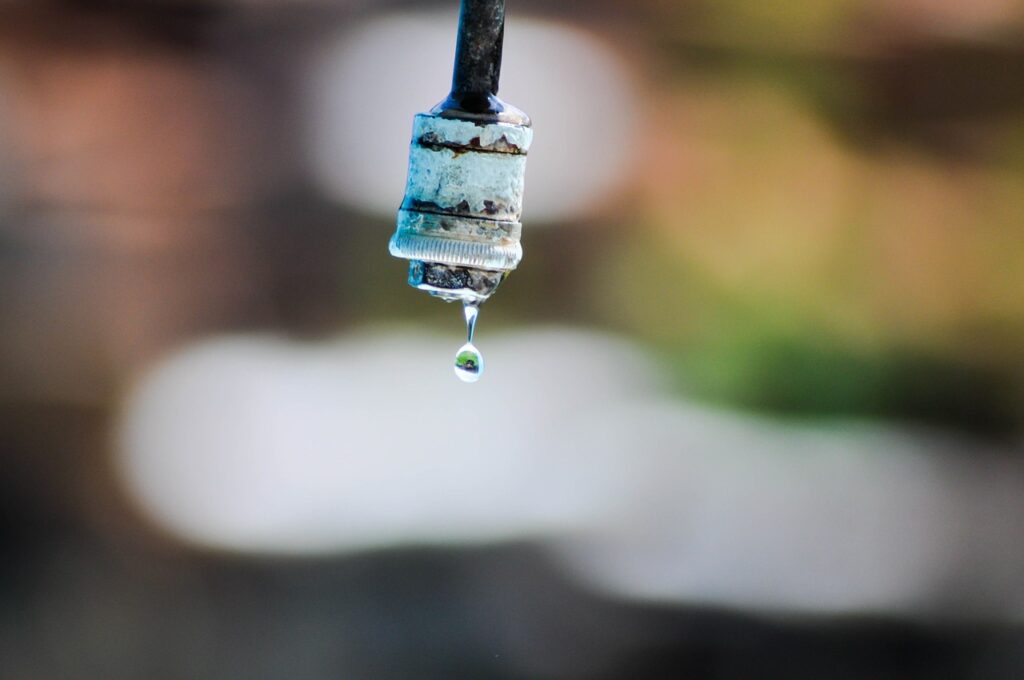Government Intervention In Water Shortages
Measures for sufficient fresh water
If there is no rain for a long time and the temperature is high, a freshwater shortage can arise. The government intervenes if a water shortage threatens. For example, by dividing the available water among parties that need it.

Consequences of freshwater shortage
Freshwater shortage can cause the following problems:
- Drinking water companies cannot extract enough water that is suitable for making drinking water.
- Peat dikes can crack or tear due to drying out so that they can no longer provide safety against high water.
- Farmers do not have enough water to irrigate fields.
- Plants and animals in nature do not find enough drinking water to survive.
- Due to the low water levels, fewer ships can sail.
- The industry has insufficient water to cool machines, for example.
- Because there is less supply of freshwater, saltwater has the opportunity to flow further into the Netherlands. Salinization can have adverse effects on agriculture and drinking water extraction.
Prevention of freshwater shortage
The government can take measures to prevent freshwater shortages. For example by:
Storage of water
During wet periods, the government can temporarily store the water in surface water. For example, by widening rivers and ditches so that more water can enter.
Less runoff of rainwater through sewers
Rainwater is clean and can be used immediately. For example in agriculture. In urban areas, downspouts and gutters drain the water into the sewer such as ‘water damage restoration corona ca’. There, harmful substances and organisms end up in the water. Using asphalt and concrete more economically should result in less water entering the sewer system. And more rainwater directly into the ground.
Construction of buffer zones around wet nature areas
Various nature reserves in the Netherlands have problems due to drought. The groundwater level is too low to maintain water-rich nature. A buffer zone with a higher (ground) water level around a wetland nature reserve counteracts this problem.
Invest in drought measures
The 2018 drought has only reinforced the urgency of a good fresh water supply. That is why the cabinet is making € 7 million available for drought measures. Among other things for the storage of water in the sandy areas, solutions against salinization and monitoring evaporation. This is part of the total available budget of € 400 million for the Delta Program Freshwater.
Government intervenes in the event of a freshwater shortage
Are there long periods of dry and warm weather? Then the government will take the following measures to have as much fresh water available as possible:
- Sprinkling peat dikes – This can prevent the dykes from drying out.
- Distribution of the available water
If there is a water shortage, the available water must be divided among parties that need it. Agreements have been made about the order in which water users receive water in the National scenario for water distribution and drought. These agreements are also referred to as the displacement series. There is a special committee for water distribution: the National Water Distribution Coordination Committee (LCW). - Raising water level
In the event of water shortages, Rijkswaterstaat and the water boards can temporarily raise the water level. For example, by pumping more water into the area via a pumping station. This creates temporary supplies of freshwater. The water level cannot be raised indefinitely. Ships, for example, must be able to continue sailing under bridges. And agricultural areas must not get too wet.
Desiccation invaluable natural areas
Preventing or reducing desiccation of nature areas is not easy. The measures that are required also affect the water balance in the area around it. This can clash with other water interests. The government focuses on areas where nature is very valuable: the Natura2000 areas and the Nature Network Netherlands.
